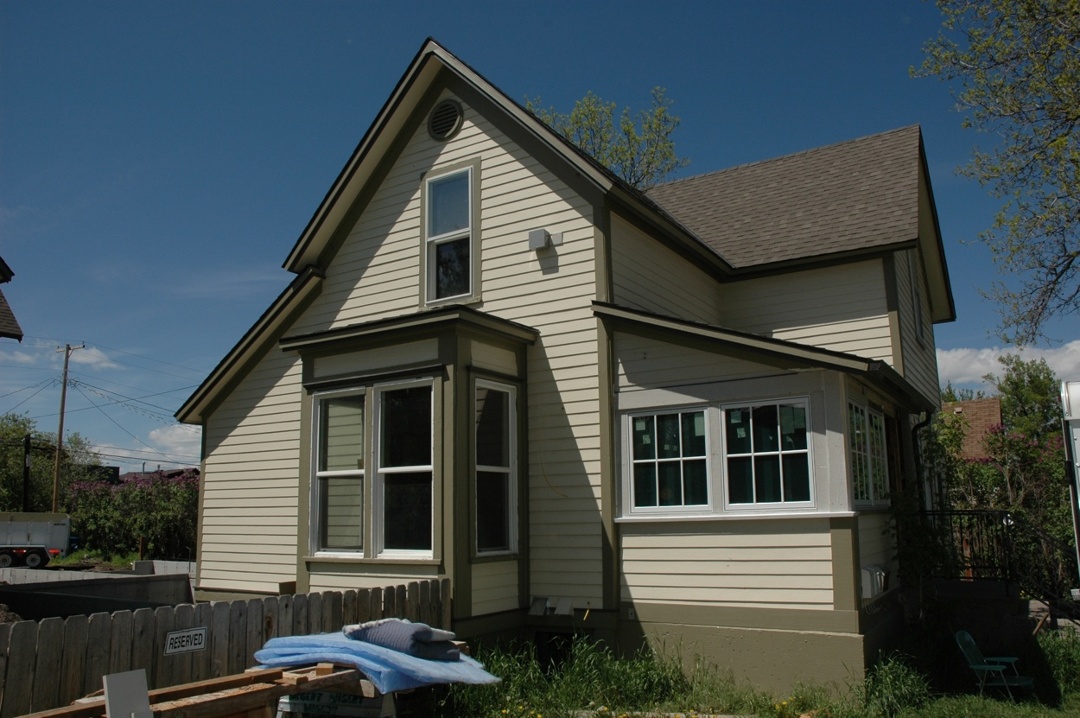
Image Credit: Marilyn De Kleer
Image Credit: Marilyn De Kleer The existing mechanicals were in excellent shape; the HVAC contractor un-installed the equipment and used it on another local job.
Image Credit: Marilyn De Kleer Another room ripe for rehab--the existing full bath. The clawfoot tub was salvaged.
Image Credit: Marilyn De Kleer The only thing good about gut rehabbing plaster and lathe and 100 year-old waste plumbing is getting it done!
Image Credit: Marilyn De Kleer This image shows the upstairs stripped to bare framing. The knob-and-tube wiring is the next thing to go before the new interior and spray foam insulation moves this home into the 21st century.
Image Credit: Marilyn De Kleer New framing sistered to existing stiffens the shed roof and provides more room for deeper spray foam insulation.
Image Credit: Marilyn De Kleer This drafty little porch-like extension off the main house became snug and cozy with the spray foam insulation and high performance windows.
Image Credit: Marilyn De Kleer As with most kitchens, a green remodel turns this from a dark avoided space into a light and favorite room of the home.
Image Credit: Marilyn De Kleer Just off the kitchen and adjoining the dining space, this sitting room hosts the Energy Star Vermont Castings wood stove.
Image Credit: Marilyn De Kleer The new dining area features the locally-harvested hemlock trim and the original douglas fir strip flooring.
Image Credit: Marilyn De Kleer The finished basement includes a high performance h-axis clothes washer.
Image Credit: Marilyn De Kleer Backyard fences constructed of milling and cabinetry off-cuts turned out to be eye-catching and quite the conversation-starter with guests and neighbors. Of course, the slats were topped level to become "finished."
Image Credit: Marilyn De Kleer This 2 KW photovoltaic system is installed on the roof of a separate rental unit on the property; the power generated services the main house.
Image Credit: Marilyn De Kleer This image shows the homes for Lewendal's next project: affordable, net zero, modular homes.
Leading green homebuilder in Bozeman, Montana, practices what he preaches with this gut rehab
Anders Lewendal likes to lead — he is president of his local homebuilder’s association and chairs its green building committee, sits on the Mayor’s Climate Control Task Force, and has had entries in the Bozeman Parade of Homes for seven of the last ten years. So when he decided to remodel a 100-year old period home in Bozeman, Montana, it had to be a gut rehab shooting for an Energy Star label. This is no mean feat — there are only a handful of these projects in the entire Northwest.
A brief history of 711 North Black
This home started out as a farmhouse on the “edge of town” in the early 1900s. In 1972 the home was moved to 711 North Black, only seven blocks from Bozeman’s downtown Main Street. Another thing that Anders likes is to move; taking on the gut rehab of this 100-year old building as his own home meant moving for about the 25th time in just about as many years. But as Anders likes to say, “We learn a lot with each project, particularly if it’s our own home.”
As a rental property in 2002, Anders did some upgrading to the house: he replaced the windows, put on a new roof, added some insulation in the attic, put in a new furnace, resided and painted it. This meant that the gut rehab in 2008 completely focused on the home’s interior — it was gutted down to bare studs throughout and some interior walls moved to reconfigure spaces as well.
In 2004, Lewendal decided that since the zoning permitted a denser use of the lot, it made sense to add an additional dwelling. He and his wife designed and built a duplex on the opposite end of the property from the main house.
In 2008, a bit of serendipity led to the gut rehab of the main house at 711 North Black; Lewendal tenants were moving out and his family had just sold a large home. So Lewendal charged right in to turn the 100-year-old farmhouse into their family home.
What green means to Anders Lewendal
Anders Lewendal did not get any sort of green certification for his project (although this is not to downplay the importance of the home being Northwest Energy Star-certified). But he is pretty sure the project would do well. Lewendal takes a deep breath: “We started off with high density [three dwelling units on just under 10,000 square feet or about 1/5 of an acre] near downtown, we reused the main house by gut rehabbing it, we superinsulated the main house, added a PV system, and salvaged what we could from the retrofit. That is green and sustainable in my book.”
Lewendal uses recycled content building materials as much as possible in his projects. The backyard fence proved to be an interesting project. “We used miscellaneous materials from our cabinet maker, trim supplier, and other subs. My wife randomly cut the pieces, handed them to me, and I blind-nailed them in to a fence. The result is eclectic and interesting; we get compliments all the time. Besides, it was cheaper than marriage counseling.”
Wrapping up, Lewendal said, “It’s pretty expensive to gut a 100-year-old home and bring it up to current energy standards. It is not for everyone, but we enjoy the location in town and the mature landscaping that comes with an older developed neighborhood.”
Weekly Newsletter
Get building science and energy efficiency advice, plus special offers, in your inbox.
Lessons Learned
Lewendal is unsure that the marginal energy savings of the full-depth spray foam are worth the expense. “Our latest project will have 2x4 exterior walls filled with just 3 inches of closed-cell spray foam but have 2 inches of Dow blue board on the outside,” says Lewendal. “We will only do OSB for shear and end up with an R-31 wall without thermal bridging. We think that this will be a more cost efficient wall assembly for our climate.”
He would also like to have a better monitoring system for energy consumption and production in his homes. "Too bad we did not live in the house before the remodel so we can compare apples to apples on the energy consumption change." [Lewendal tried several times to get pre-remodel energy consumption information, but it just was not possible.]
Lewendal has always wanted to do more recycling of construction waste and now they can. “We now have a local business grinding construction waste materials for about the same price as trucking and tipping at a landfill.” Another layer of green.
Lewendal’s company is using what it learned about green on this retrofit project to drive its next project: small, 960-square foot, modular homes with HERS scores of about 40 with renewables getting them to net zero (see last image in the photo gallery above). “If we can build these homes for under $200,000, everything included, we will be bringing really green homes to the market for everyone.” Keep your eye on the GBA Jobblog for this new project from Lewendal.
General Specs and Team
| Location: | Bozeman, MT |
|---|---|
| Bedrooms: | 4 |
| Bathrooms: | 2.5 |
| Living Space: | 2200 |
| Cost: | 182 |
| Additional Notes: | This square foot cost total includes exterior patios, paving, heated working garage, landscaping, and all permitting. |
Construction: Anders Lewendal Construction, Inc. Energy Star Verifier: Infrared USA Heating: Radiant Engineering, Inc. Ventilation: TinWorks, Inc. Cabinetry: DC Monson
Construction
Basement insulation: 2.5-in. EPS (R-10)
Wall construction: R-35 closed-cell spray foam cavity fill (existing 2 by 4 furred out to 2 by 6)
Windows: Energy Star builder-grade vinyl windows (U=0.34)
Ceiling insulation: 8 in.s closed-cell spray foam (R-56)
Roofing: 25-year warranty asphalt shingles
Siding: Hardi-Plank fiber-cement lap siding
Energy
Boiler: 95.2 AFUE Viessmann Vitodens 200 gas boiler
LED Lighting: LED-Eye Series Studio A American Fluorescent
Energy Specs
Heating Degree Days: 8,156
Cooling Degree Days: 200
2009-2010 Total Household Energy Consumption: 107 MMBtus
US EIA Average Household Energy Consumption (> 7,000 HDD): 118 MMBtus
US EIA Average Household Energy Consumption (built before 1940): 120 MMBtus
Water Efficiency
Toilets: Sterling Dual-Flush
Clothes washer: Maytag Performance Series (h-axis)
Indoor Air Quality
Green Materials and Resource Efficiency
- All 1st floor fir flooring kept in place/refinished
- 85% efficient gas furnace reused off site by HVAC contractor
- Wool carpet salvaged from previous job change-order
- Backyard fencing from cabinetry and trim millwork scrap, offcuts

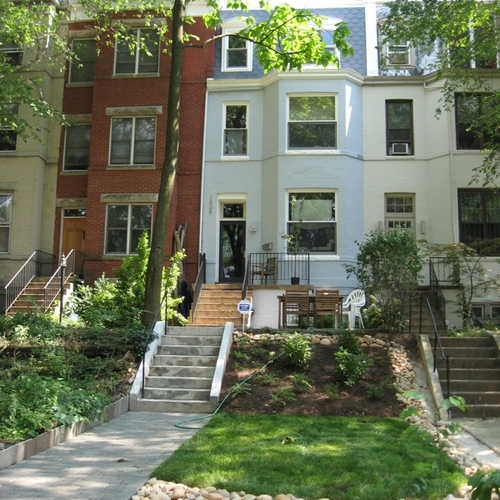
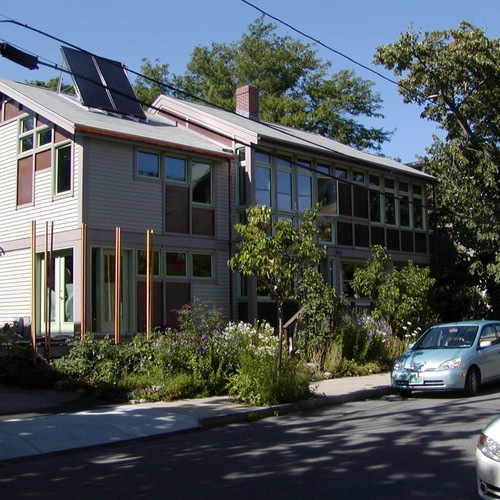
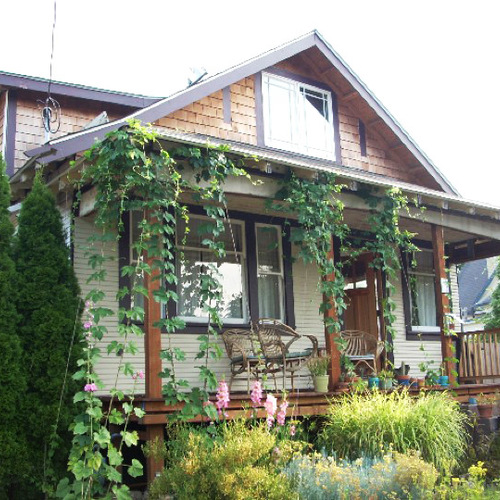
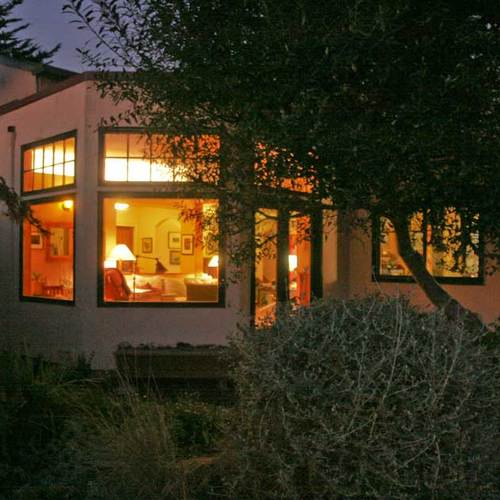






3 Comments
green?
How can this gut job be considered green when so much useful material was wasted? All of the historic plaster and lathe and the historic woodwork, etc. did not need to be ripped out in order to make this home more energy efficient. It is a waste of resources. Since the exterior already had new windows, siding, and roof, I really don't know that this is actually a reuse project. Is anything old left?
Green?
The plaster and lathe was failing miserably in this home. And this material was between the remodeler and achieving a continuous air and thermal barrier in the building envelope (not to mention safe rewiring of the entire structure).
The trim? Hardly historic; it was pine with multiple coats of lead-based paint.
What's left is the foundation, all the framing. This remodel sure beats knocking it all down and starting over.
just looking at the wood stove
Does it have an outside air kit? Here in Massachusetts, if you want state funding for a deep energy retrofit, you have to meet a raft of requirements on air infiltration. One of the requirements is that all combustion devices use sealed combustion, including wood stoves.
The problem they are trying to avoid is backdraft (when the air comes down the chimney and into the combustion device, instead of flowing up the chimney)
Log in or create an account to post a comment.
Sign up Log in